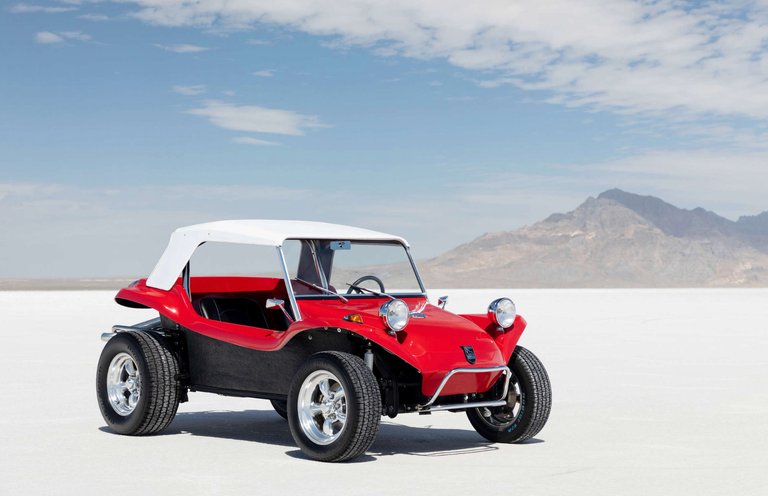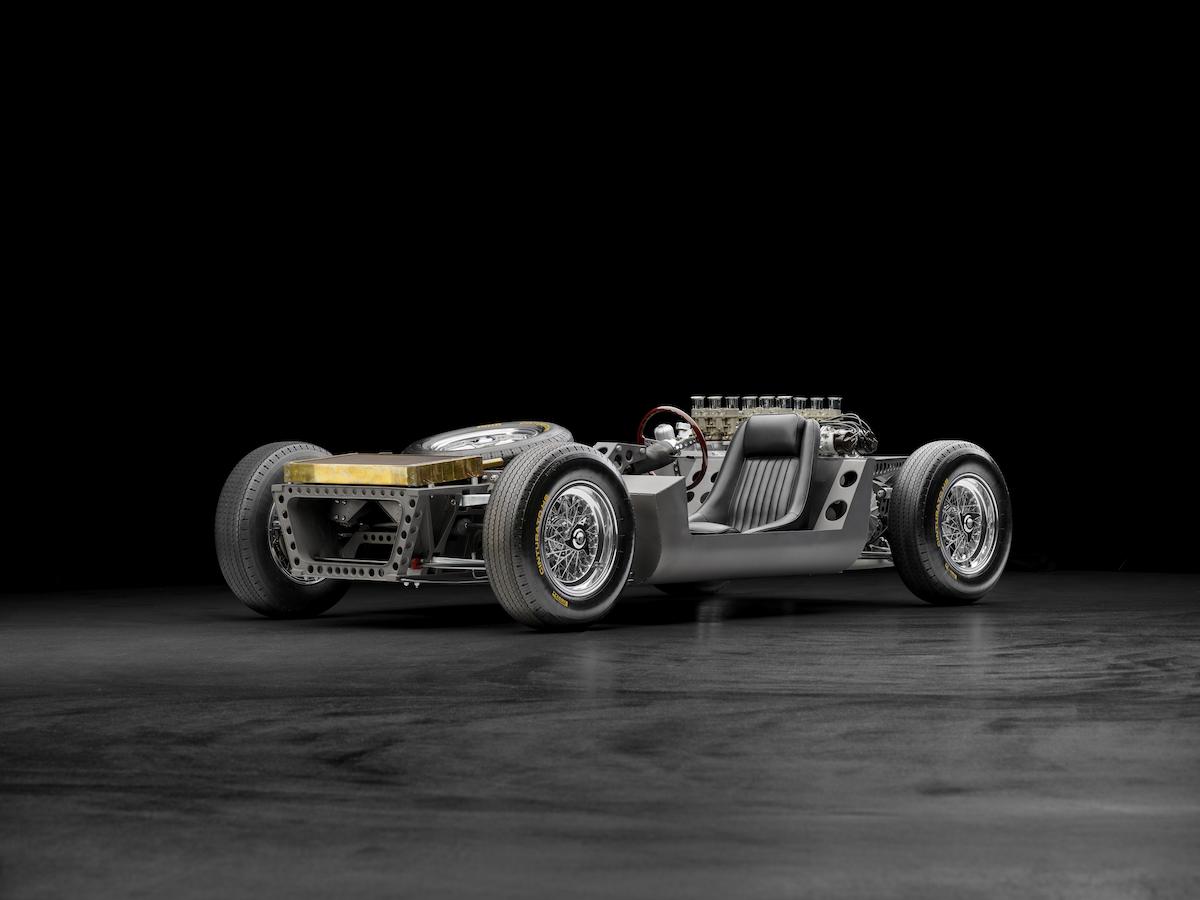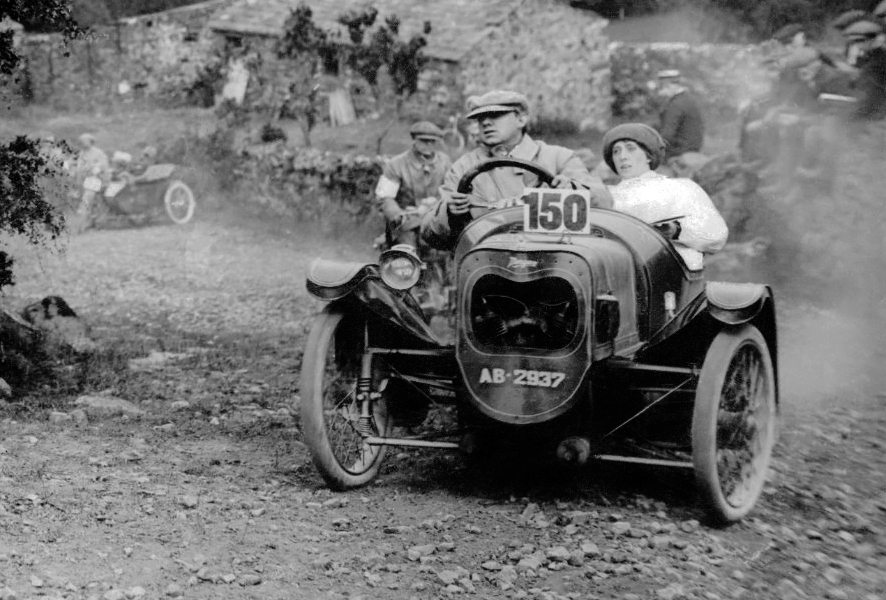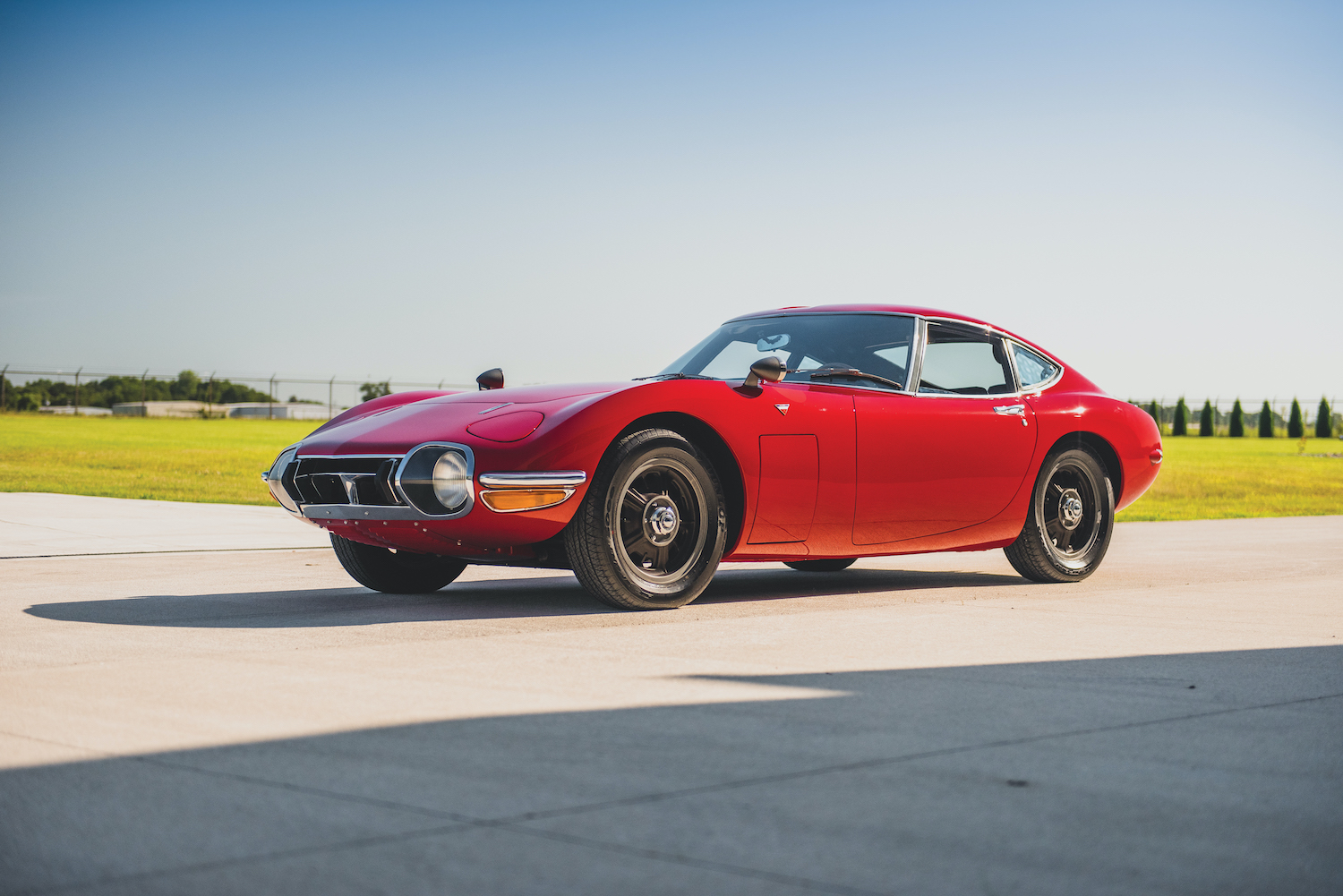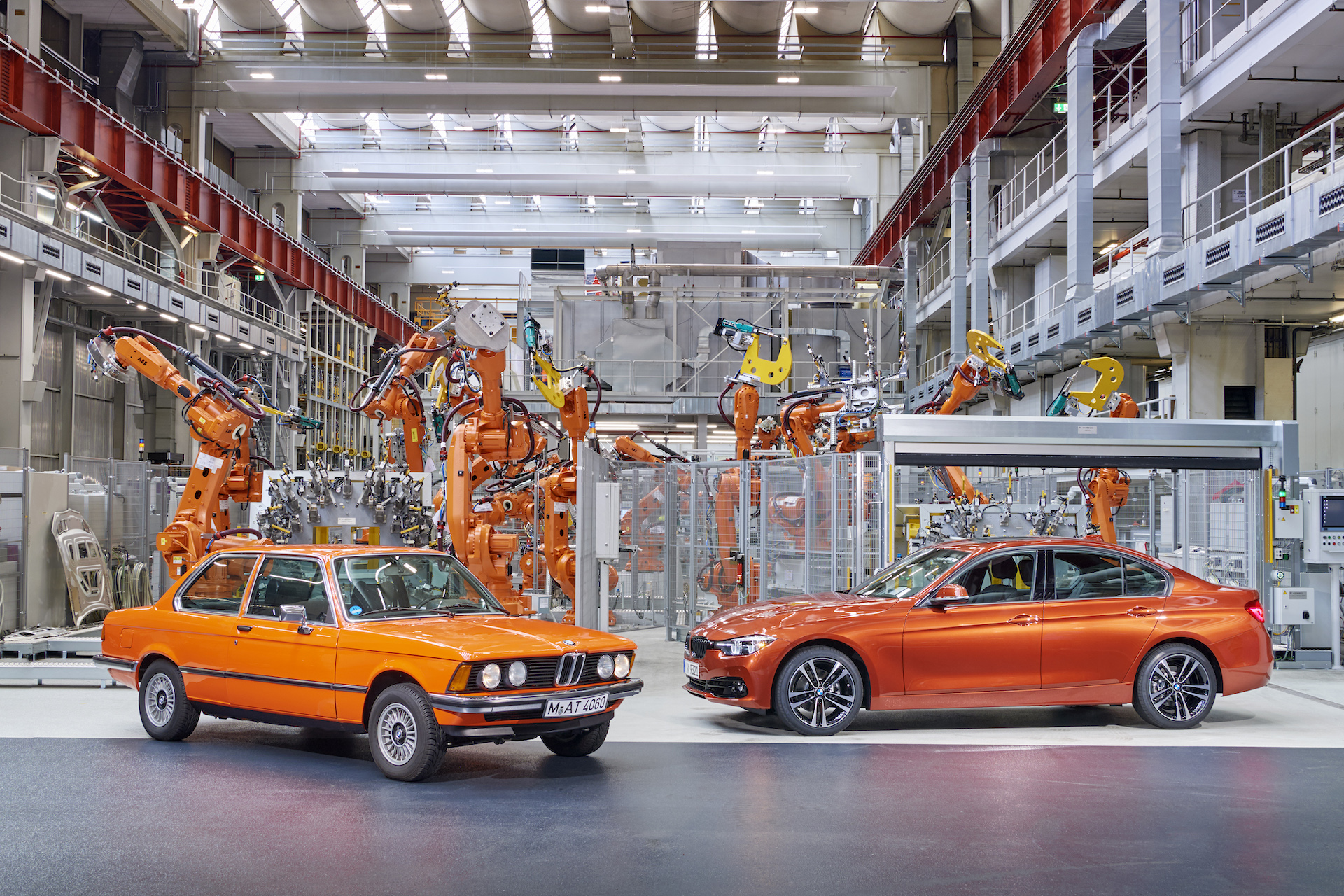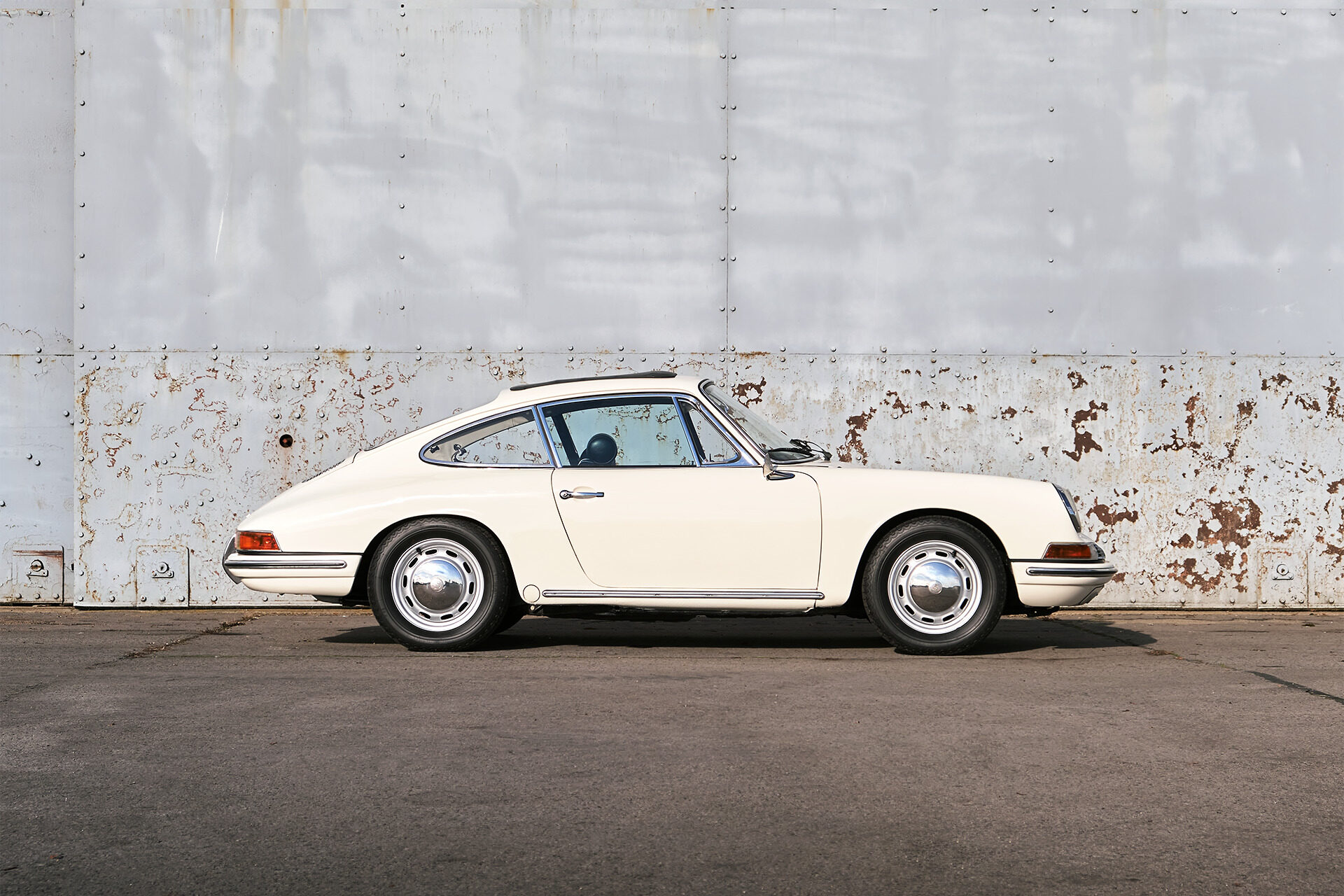How the Volkswagen Beetle’s clever underpinnings created a strong foundation for kit car makers and tuners to work their magic.
Over the decades the Volkswagen Beetle has provided the underpinnings for a huge variety of custom and kit cars, proving again and again the versatility of the original design.
Not only did Volkswagen offer the vehicle in multiple body styles, but the chassis design – where the steel backbone carrying the major mechanical components, remains almost drivable with the body lifted from it – is the perfect platform for custom styled bodies.
Working with German-based coachbuilder Karmann, Volkswagen itself was the genesis of body-swapping. Two- and four-seat roadsters/convertibles had been part of the original plan for the Volkswagen product range and German coach-build body specialists Hebmuller and Karmann were given the contracts. Unfortunately, the pretty little two-seater died when the Hebmuller factory was severely damaged by fire but Karmann’s Cabriolet survived until 1980. During those three decades of production, around 330,000 Beetle Cabriolets were built.
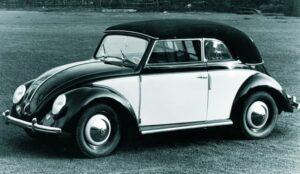
Cabriolet
Starting in the mid-1950s, Karmann also created for VW the sporty Karmann Ghia in fixed-head coupe and Cabriolet versions. Other independent 1950s European coach builders such as Rometsch and Beutler took advantage of the VW’s modular chassis to create exclusive (and expensive) hand-crafted cars underpinned by VW’s mechanical simplicity and reliability.

Karmann Ghia Typ 14 Coupe
Even prior to this – in fact part of the reason why the factory was so heavily bombed during World War 2 – was that the modular chassis could be re-bodied as a military vehicle such as Volkswagen’s war-time Kübelwagen.
One of the most iconic adaptations of the VW to a kit car happened in the late 1960s when a free-spirited American artist and surfer, Bruce Meyers, created the Meyers Manx. This delightfully simple, tub-like fun car consisted of a moulded fibreglass body on a shortened VW chassis.
Unfortunately for Meyers, his business plan apparently didn’t allow for the fact that fibreglass bodies are easy to replicate and the Manx was widely copied as the ‘dune buggy’ concept took off around the globe, becoming an automotive phenomenon.
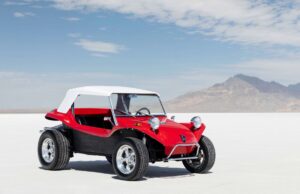
Meyers Manx VW Buggy
At around the same time, Volkswagen Australia created the Country Buggy. Featuring a doorless open steel body with a fold-forward windscreen, it was intended to be an inexpensive farm vehicle like the British Mini Moke of the same era.
Unknown to Volkswagen Australia, the company’s German engineers were at the same time busily developing the Type 181, a similar style of basic cross-terrain vehicle intended for military use. The Type 181 was eventually also sold in decent numbers for civilian use, where it was known as the ‘Thing’ or the ‘Trekker’ depending on the market.
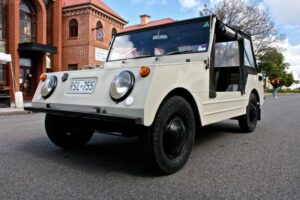
The Australian developed Volkswagen Country Buggy. – similar but not the same as the Type 181
The Baja Bug was another adaptation of the Volkswagen Beetle specifically designed for off-road use. Named after the famous Baja 1000 off-road race staged on Mexico’s Baja California Peninsula, the Baja Bug retained most of the Beetle body but adopted a stubbier fibreglass nose, tail and guards for better off-road clearance.
Here in Australia, the Purvis Eureka was another successful kit car adaptation of the VW chassis. Instead of conventional doors, this ‘futuristic’ low-riding sports car boasted a roof that lifted on gas struts to enable driver and passenger access. Named after its Aussie constructor Alan Purvis, the Eureka was itself based on another kit car, the British-developed Sterling Nova.
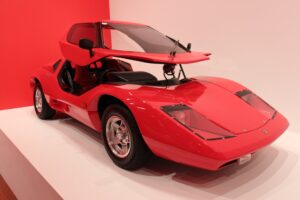
1976 Purvis Eureka
In the USA during the late 1970s and into the 1980s, specialist magazines sprung-up to celebrate the explosion of kit cars from dozens of different manufacturers using the Volkswagen chassis to replicate everything from early MG and Jaguar sports cars, to 1930s Ford/Chev sedans, and even 1960s Ferraris. The scene was fed by the tens of thousands of cheap second-hand Beetles and wrecks that ensured donor vehicles and parts were readily available.
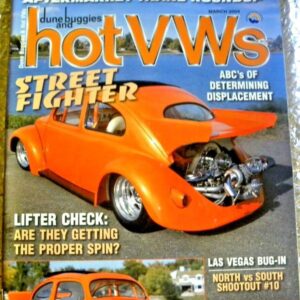
A whole scene kicked off in the 1980s supporting the Beetle performance and kit car industry.
Of course, the idea of a faux sports car powered by nothing more powerful than a standard 35kW flat-four is laughable today, but there was also a growing motorsport scene founded on long distance off-road and drag racing. Companies across the world – but especially in America – modified the sturdy Volkswagen engine to deliver outputs that embarrassed American V8s and European exotica.
Even after sales ceased in Australia in 1976 and in the USA the following year, Beetles and Kombis continued to be manufactured in Brazil and Mexico, ensuring a reliable supply of spare parts that has allowed enthusiasts to keep their Beetles and Beetle-based kit cars on the road.

